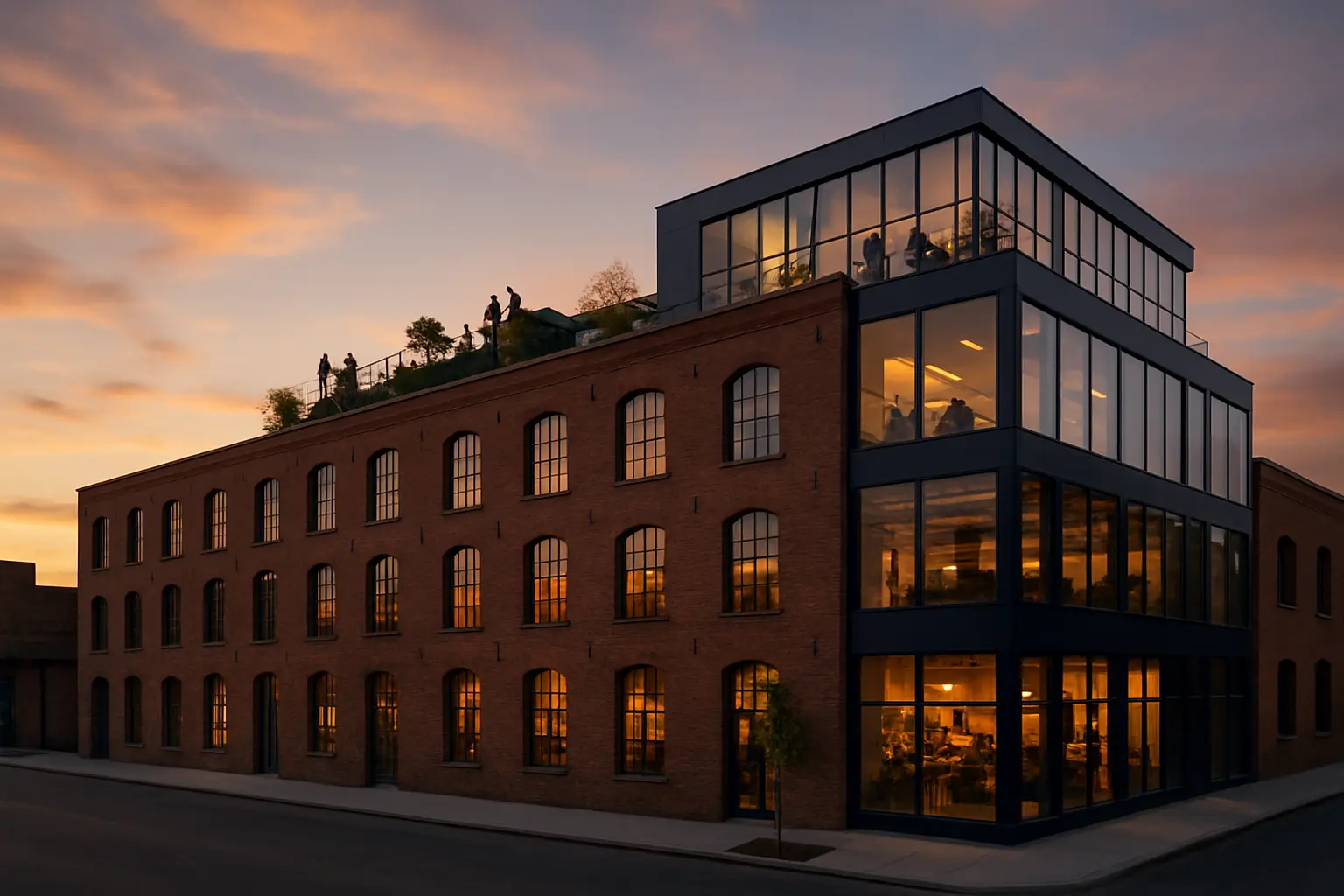From Warehouses to Wonderlands: Brooklyn's Industrial Revolution in Real Estate
Discover how savvy investors are transforming Brooklyn's industrial spaces into thriving mixed-use communities that blend work, life, and culture.

The Rise of Industrial Property Conversions
Brooklyn's industrial landscape is undergoing a remarkable metamorphosis. Once-dormant warehouses and manufacturing facilities are experiencing a renaissance, transformed into vibrant spaces that cater to modern urban living. These conversions represent more than just a real estate trend; they're a testament to Brooklyn's evolving identity and economic vitality.
In neighborhoods like DUMBO, Williamsburg, and Gowanus, former industrial buildings are finding new life as mixed-use developments that combine residential units, creative workspaces, retail establishments, and cultural venues. This adaptive reuse movement preserves the architectural character that makes Brooklyn unique while meeting the demands of contemporary urban dwellers.
Smart Design Solutions
The transformation of industrial properties requires innovative architectural approaches and careful navigation of zoning regulations. Successful conversions maintain the buildings' industrial charm while incorporating modern amenities and meeting current building codes.
Key Design Considerations
- Natural Light Integration: Installing skylights and maximizing window space
- Structural Integrity: Reinforcing existing frameworks while preserving original features
- Flexible Floor Plans: Creating adaptable spaces that serve multiple purposes
- Green Building Practices: Implementing sustainable solutions and energy-efficient systems
Investment Potential and Market Analysis
The financial outlook for industrial property conversions in Brooklyn remains robust. Investors are attracted to these projects for their unique value proposition and strong return potential. Market analysis indicates that converted industrial spaces command premium rates, often outperforming traditional residential and commercial properties.
"Industrial conversions represent a perfect storm of opportunity – combining location advantage, architectural character, and market demand," notes a prominent Brooklyn real estate developer.
Investment Advantages
- Higher rental and sale premiums for unique spaces
- Diverse income streams from mixed-use configurations
- Strong appreciation potential in emerging neighborhoods
- Tax incentives for historic preservation and adaptive reuse
Creating Community Impact
These transformative projects are catalysts for neighborhood revitalization. Beyond their physical presence, converted industrial spaces foster community connections and economic growth. They create environments where residents can live, work, and engage with their community in meaningful ways.
The impact extends beyond the buildings themselves, spurring improvements in:
- Local infrastructure and public spaces
- Small business growth and entrepreneurship
- Cultural and artistic programming
- Neighborhood safety and walkability
As Brooklyn continues to evolve, these industrial conversions stand as monuments to the borough's ability to reinvent itself while honoring its industrial heritage. They represent not just smart investment opportunities, but a blueprint for sustainable urban development that benefits investors and communities alike.


